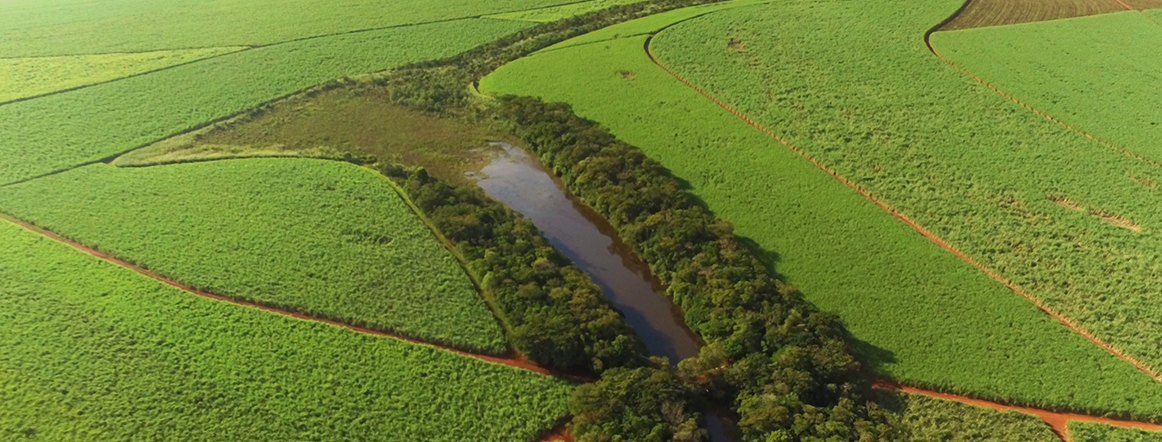Biodiversity
Generating Biodiversity
With Native, you take care of your health and the planet
We are completely inserted in the organic world, as we have a history of sustainable production, respecting you and the environment. Our processes are aligned with organic farming and harvesting practices, seeking to harmonize economic, social and environmental interests.
Thanks to sugarcane organic production practices, we have created living conditions for 340 species of mammals, birds, reptiles and amphibians. For us, sustainable agriculture is one that generates biodiversity by rescuing the ecological balance of farms, having a positive social and economic impact on the community. This is Native's way of being a biodiversity-friendly company.
In our organic sugar packages, and also in our advertisements, you will find some of the Brazilian fauna animals present in our certified farms, such as suçuaranas (pumas), collared hawks and black hummingbirds.
How to explain this fauna biodiversity?
In order for faunal populations to establish themselves and remain in a biome, it is important that three basic needs of animals' existence are set: food, shelter and reproduction. For this reason, intense environmental changes are highly disturbing and harmful to the establishment and development of fauna biodiversity.
Cane fields, due to the characteristics of their cultivation system, are naturally favorable to receiving fauna populations, as there is little movement of equipment over time, with soil movement every 6 or 7 years and one harvest a year, with few farming operations. In addition, the high size of the crop and the intense soil cover are relevant factors. The importance of these characteristics is related to stability and predictability, as many animals establish periodic feeding routes based on the flowering and fruiting seasons of the various plants in their habitat. However, some operations that are part of the production system of this crop prevent the manifestation of this good agroecological potential, such as fires prior to harvest, the intensive application of pesticides and the low floristic diversity in the surroundings. In Native's sugarcane fields, these practices were abolished at the beginning of the Cana Verde Project in 1987.




